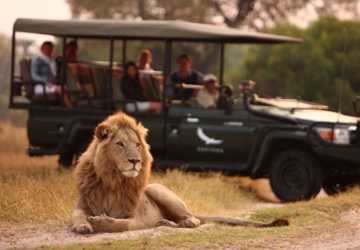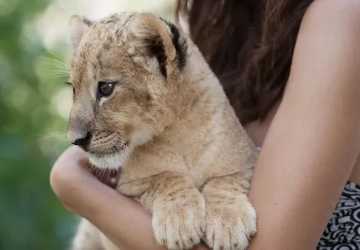Negative Effect Of Tourism On Wildlife
Author: Mirza Taha Hassan
Wildlife tourism is a very popular and popular activity among travelers, especially animal lovers, who love to spend time with animals, but it sounds enjoyable, have you ever stopped to wonder if there is a price to pay for this kind of tour? Well, the answer is simple.
However, tourism, no matter how harmless it may sound, is often unsustainable and harmful to animals.
In this article, we will discuss these topics in detail. So if you're interested in it, consider sticking to the end.
The negative impact of tourism is evident in daily activities at zoos and even outdoors. Some of them are summarized below:

• Lions, especially their cubs, can be drugged, giving visitors the luxury of taking pictures with them. It can be detrimental to their health, but is still common in many parts of the world such as South Africa.
• Tourists often take pictures of sea turtles nesting on beaches, which ultimately disrupts the animals' nesting process and threatens their survival
• Research suggests that frequent and close interactions between wild primates and humans (which occur multiple times during wildlife tourism) may create space for the spread of disease between species, jeopardizing their health
• Many animals that are more adapted to wild animals and have poor adaptability to artificial environments are forcibly captured and brought to zoos for the convenience of tourists, bringing difficulties to these animals. If this process continues, in the worst case, the entire species could go extinct.
To make sure your tour doesn't harm wildlife in any way, get a better understanding of sustainable tourism and consider the following on your next quick outdoor wildlife tour:
1) Only buy souvenirs and other goods in ethical places
Unfortunately, even today, there is a huge market that allows the buying and selling of rare and endangered wildlife products as souvenirs that threaten the survival of these animals. So be sure to do your research before buying such items from a store, and stay away if those stores show the slightest sign of tolerance during such activities.

2) No harm to animals
Now, this is simple, but important. When traveling with wildlife, make sure you always maintain healthy boundaries with the animals and don't hurt or make fun of them for fun. We need to treat all living things with empathy and kindness, and understand that animals, like humans, feel pain.
3) Do not feed animals unless you fully understand their eating and consumption habits
Now I get it, it's an idea to want to feed animals during a trip, usually from a good place, but sometimes it can be a problem for animals as they might be sensitive to certain foods/they might not be able to digest them, etc. , which can lead to health complications. You end up only adding to their pain, not doing them any good.
We hope this article has proven resourceful and helped you better understand how tourism affects wildlife.



